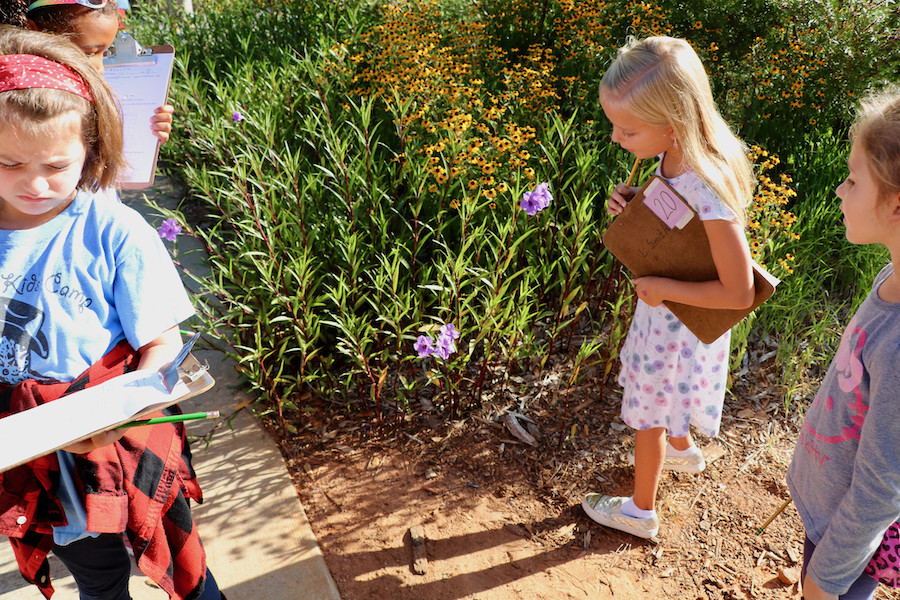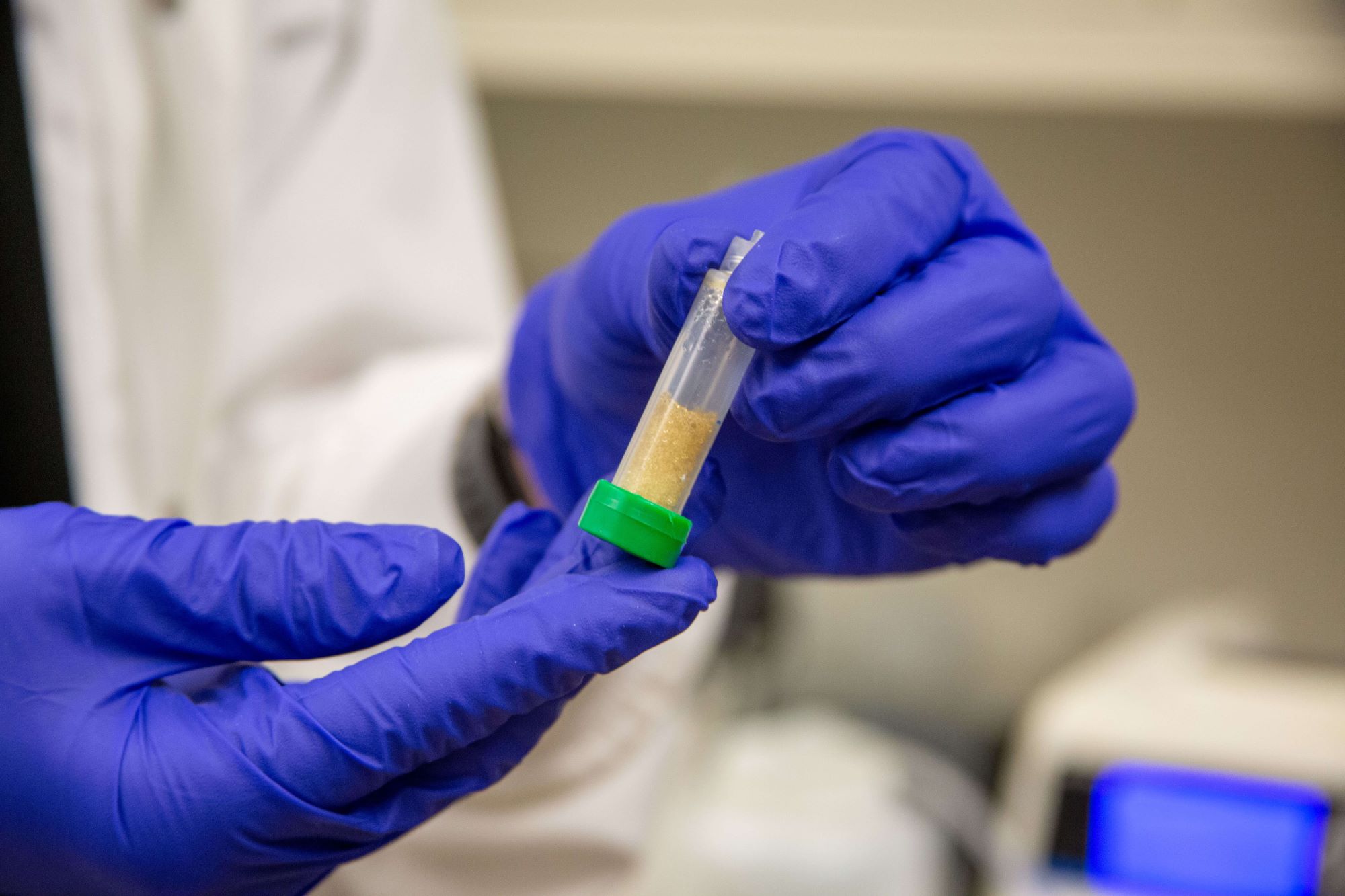 CAES News
CAES News
Improved PFAS Treatments
University of Georgia researchers in the College of Agricultural and Environmental Sciences and the College of Engineering are wrapping up the final year of a study to develop improved, cost-effective treatment systems with advanced technologies for removing polyfluoroalkyl and perfluoroalkyl substances from water, wastewater and biosolids. The team was awarded nearly $1.6 million through a congressionally mandated grant from the Environmental Protection Agency to mitigate PFAS.

.jpg)
.png)
.jpeg)

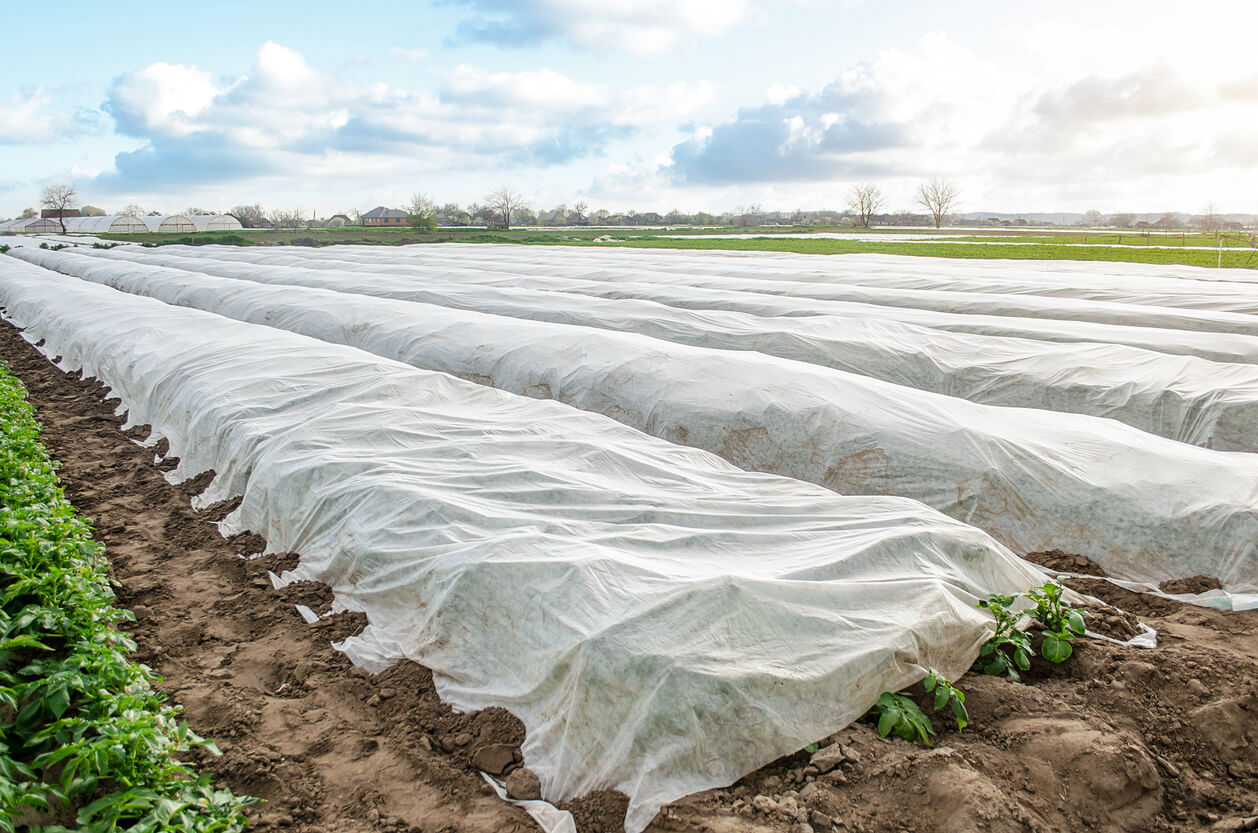
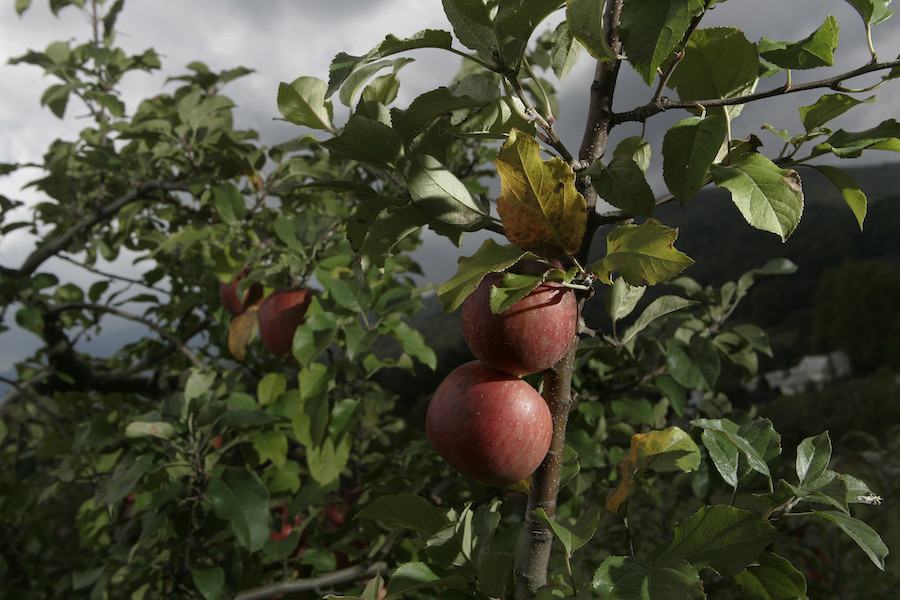
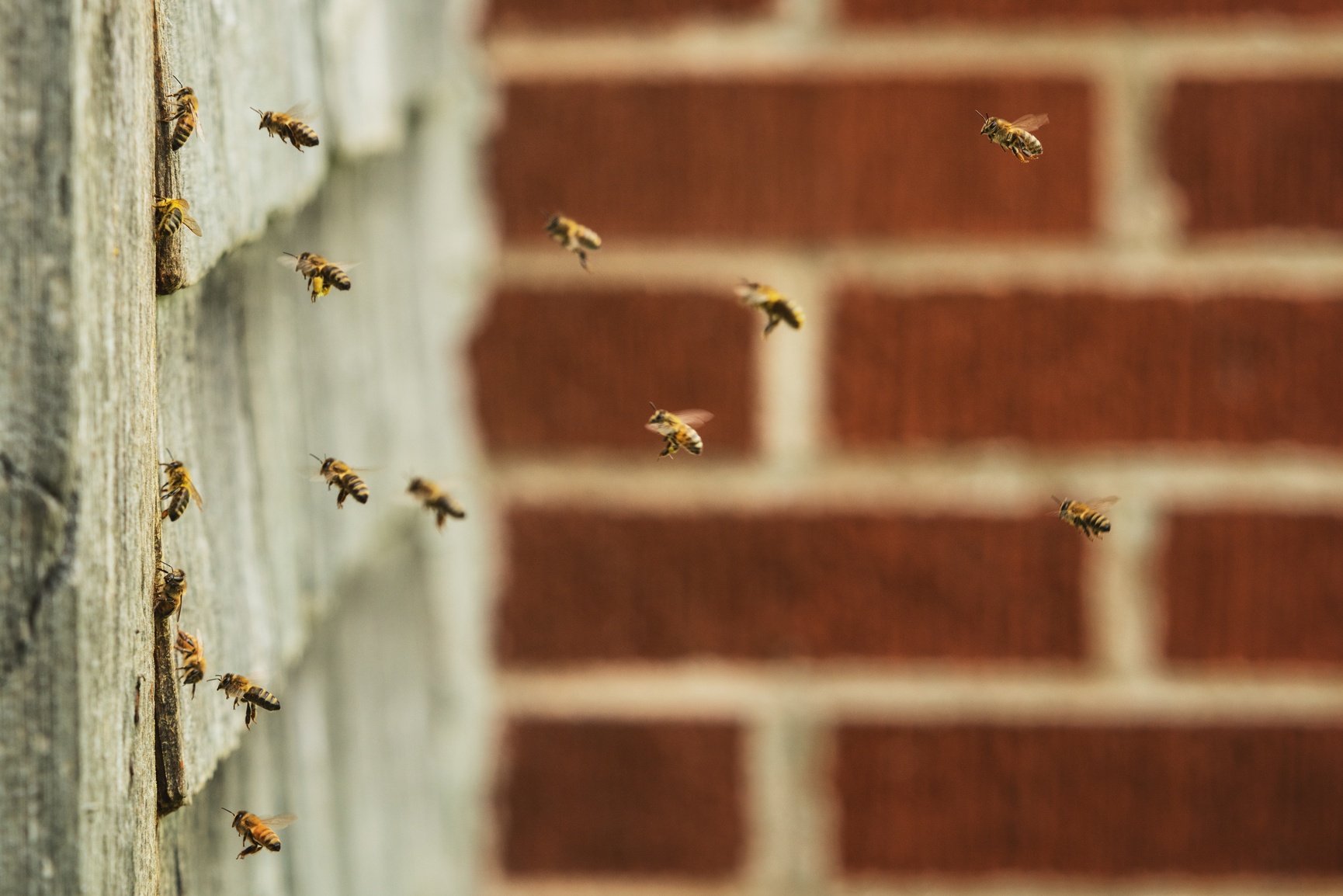
.jpg)
